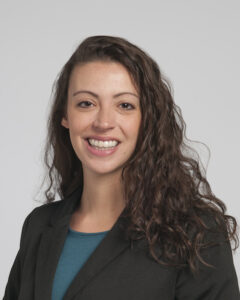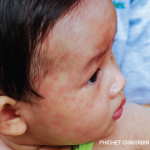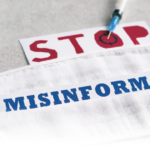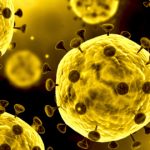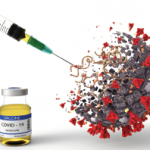Cassandra Calabrese, DO, a double-boarded rheumatologist and infectious disease specialist who is an assistant professor of medicine at the Cleveland Clinic Lerner College of Medicine, notes that this second dose is not considered a booster and is not necessary for inducing immunity, but it does increase the overall effectiveness from 93% to 97%.
Thanks to these changes and effective public health efforts, the disease was considered eliminated in the U.S. in 2000—defined as having no locally transmitted virus within a 12-month period, although isolated cases may still occur in people traveling to places where the virus remains endemic.1
Recent U.S. Outbreaks
Despite these gains, global case numbers rose in the 2010s. In 2019, measles’ elimination status in the U.S. was threatened, with almost 1,300 documented measles cases in a large outbreak in New York and additional cases in another 30 states.1
In a webinar, Daniel Salmon, PhD, MPH, speculated that the U.S. probably would have lost its elimination status in 2020 had not the COVID-19 pandemic intervened, causing global decreases in case numbers due to measures to decrease the spread of SARS-CoV-2. Dr. Salmon is director of the Institute for Vaccine Safety at the Johns Hopkins Bloomberg School of Public Health, Baltimore.10
The pandemic disrupted regular measles immunization schedules in many countries.1,11 And the incidence of measles cases has continued to rise since, with particularly large outbreaks in parts of Africa, Asia and Europe.
As of mid-July, the Centers for Disease Control and Prevention (CDC) reports that more than more than 1,300 cases of measles have occurred in 40 U.S. jurisdictions in 2025, leading to hospitalization in 13% of patients (164 individuals) and three deaths. Notably, 96% of cases occurred in people who were unvaccinated or had an unknown vaccination status.12
“Should transmission exceed 12 months, we may lose our measles elimination status,” says Dr. Moss.
“Outbreaks of a vaccine-preventable illness like this are always unfortunate and disappointing,” says Dr. Calabrese, “but I think the current rise in cases is quite disconcerting.”
In the U.S., vaccination rates widely vary by state (below 80% in Idaho to 98% in West Virginia) and county, with even smaller areas of geographic clustering. More than 550 of the current reported cases are from west Texas, centered on a close-knit, unvaccinated Mennonite community.13 Dr. Calabrese points out that vaccination rates in these areas are well below the roughly 95% vaccination threshold necessary to prevent spreading.
